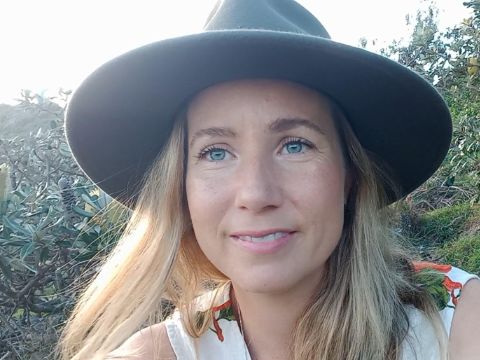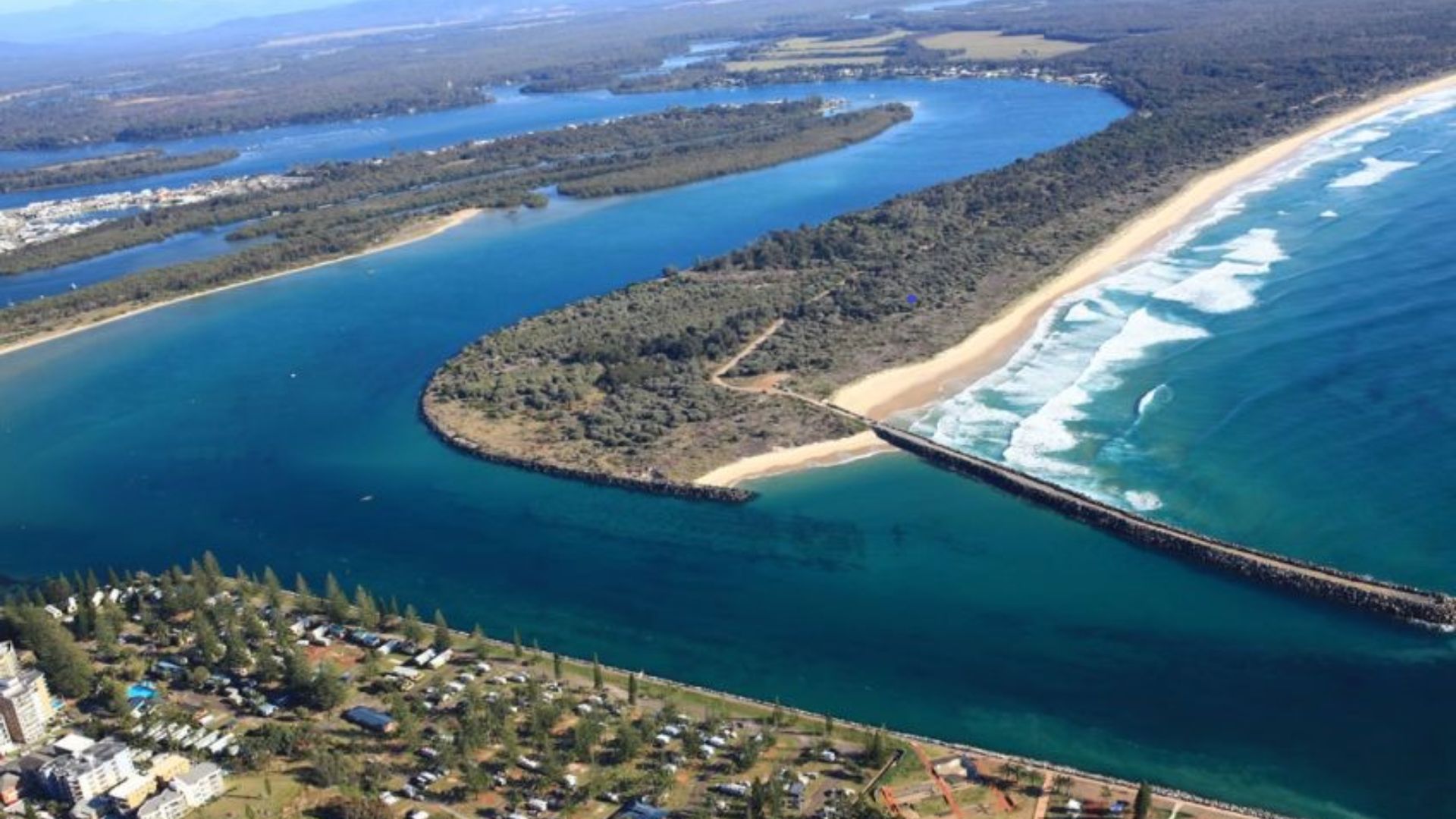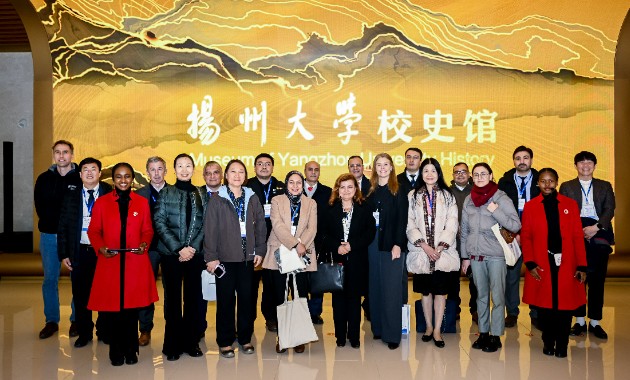- Two Charles Sturt University researchers will explain the importance of their research on the Hastings River estuary and how Mid North Coast locals can assist to improve threatened fish habitats
Charles Sturt University and OzFish Unlimited have joined forces in Port Macquarie to deliver free public talks to inform local communities about the findings from local research and advocate for fish habitat protection in the Mid North Coast region.
The event hosted by OzFish Unlimited (Hastings River Chapter) at BCF in Port Macquarie on Wednesday 16 October invites communities to hear about the important work being done to protect and restore estuarine and river habitats in the region. Registration is essential.
 It also provides a chance for the community to hear about findings from projects they were involved in as citizen scientists in 2023.
It also provides a chance for the community to hear about findings from projects they were involved in as citizen scientists in 2023.
This includes the results so far of eDNA projects led by Charles Sturt University partnering with researchers from NSW DPI Fisheries, Elizabeth MacArthur Institute, OzFish, and researchers from the University of Canberra, and University of Newcastle.
Lecturer in Ecology Dr Jessica Tout-Lyon (pictured left) in the Charles Sturt School of Agricultural, Environmental and Veterinary Sciences in Port Macquarie and member of the Charles Sturt Gulbali Research Institute for Agriculture, Water and Environment will speak about the importance of eDNA research and how it is gaining popularity for the detection of aquatic vertebrates.
She will be joined by Bachelor of Environmental Science and Management (Honours) student Mr Seb Roe to discuss their respective projects and the role interested local recreational and cultural fishers can play to assist the long-term research.
Dr Tout-Lyon said eDNA research is also gaining popularity because it is a citizen science-friendly technique to involve everyone in the collection of samples for scientific research.
“We hope that by better understanding how well eDNA surveys perform in long-term biomonitoring studies and during extreme weather events, we can establish on-going long-term biomonitoring surveys driven by the community,” she said.
“This includes both local Birpai cultural fishers, such as Sea Country Rangers, as well as recreational anglers to better understand how our cherished fish communities are changing in our local waterways and during such extreme weather events.”
The research project is trying to assess whether eDNA can be used in a long-term project and if it can detect changes in fish communities during extreme weather events.
“From our knowledge, it is the first study to demonstrate that eDNA can be used to detect changes in composition and richness of fish communities during and after consecutive extreme weather events,” she said.
“It is expected that such evidence will help to inform on-ground management and conservation of our estuarine fishes into the future via habitat restoration efforts or potential mitigation efforts during extreme weather events.”
Dr Tout-Lyon said we know that fires, for example, have larger impacts on aquatic systems both in space and time than the original fire footprint.
“Work emerging from the Black Summer bushfires (2019-2020) showed the fires caused estuarine bethic composition to change, but no research has been able to show how these events can lead to changes in vertebrate communities such as fish,” she said.
“Further research is required to better understand cause and correlation in such a complex and dynamic system like estuaries.”
She said the majority of eDNA studies are one-off single snapshot sampling events, so it is important to understand how well the method performs in a longitudinal context and throughout extreme weather events such as drought, fire and flood.
“This is crucial given there have been calls to establish on-going biomonitoring of estuaries and eDNA may be one such citizen-science friendly method that can be used to continuously monitor estuaries by people who are out on them every day and who know them better than anyone else, because researchers are unable to get out in the field as often as we would like,” she said.
Honours student Mr Seb Roe is researching how Baited Remote Underwater Video Surveillance (BRUVS) and eDNA performs to characterise fish communities in three estuaries in NSW.
“Seb has worked with Sea Country Rangers and citizen scientists with OzFish to collect water samples from the Hastings on Birpai Country, the Shoalhaven on Jerrinja and Wandi Wandian Country and Wagonga Inlet in the Yuin Nation,” Dr Tout-Lyon said.
“Seb’s work is important to consider given that while the application of BRUVS in estuaries is well understood, using eDNA in estuaries to study fish is an emerging technique and we still don’t know how well it performs using different collection and preservation methods.”
Registration is essential for this free event at 6pm Wednesday 16 October at BCF Port Macquarie at 160 Hastings River Drive, Port Macquarie.






Social
Explore the world of social